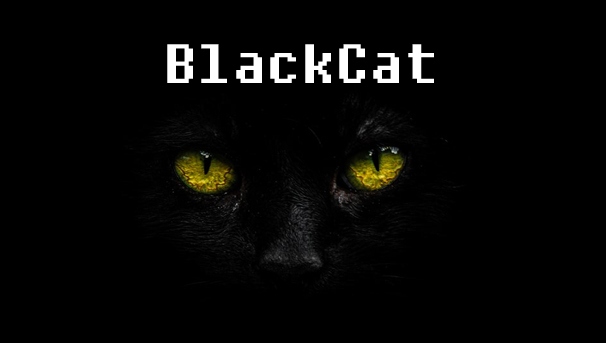
A ransomware group attacking large organizations with malware called BlackCat ransomware (also known as ALPHV) has followed a consistent pattern over the past several months: The threat actors break in to enterprise networks by exploiting vulnerabilities in unpatched or outdated firewall/VPN devices, then pivot to internal systems after establishing a foothold from the firewall.
First observed in November 2021, BlackCat initially made headlines because it was one of the first ransomware families written in the Rust programming language. By using a modern language for its payload, this ransomware attempts to evade detection, especially by conventional security solutions that might still be catching up in their ability to analyze and parse binaries written in such language. BlackCat can also target multiple devices and operating systems. Microsoft has observed successful attacks against Windows and Linux devices and VMWare instances.
RaaS (ransomware-as-a-service) affiliate model consists of multiple players:
Access brokers, who compromise networks and maintain persistence;
RaaS operators, who develop tools;
RaaS affiliates, who perform other activities like moving laterally across the network and exfiltrating data before ultimately launching the ransomware payload. Thus, as a RaaS payload, how BlackCat enters a target organization’s network varies, depending on the RaaS affiliate that deploys it.
For example, while the common entry vectors for these threat actors include remote desktop applications and compromised credentials, alsow threat actor leverage Exchange server vulnerabilities to gain target network access. In addition, at least two known affiliates are now adopting BlackCat: DEV-0237 (known for previously deploying Ryuk, Conti, and Hive) and DEV-0504 (previously deployed Ryuk, REvil, BlackMatter, and Conti).
BlackCat can target and encrypt Windows and Linux devices and VMWare instances. It has extensive capabilities, including self-propagation configurable by an affiliate for their usage and to environment encountered.
User account control (UAC) bypass
BlackCat can bypass UAC, which means the payload will successfully run even if it runs from a non-administrator context. If the ransomware isn’t run with administrative privileges, it runs a secondary process under dllhost.exe with sufficient permissions needed to encrypt the maximum number of files on the system.
Domain and device enumeration
The ransomware can determine the computer name of the given system, local drives on a device, and the AD domain name and username on a device. The malware can also identify whether a user has domain admin privileges, thus increasing its capability of ransoming more devices.
Self-propagation
BlackCat discovers all servers that are connected to a network. The process first broadcasts NetBIOS Name Service (NBNC) messages to check for these additional devices. The ransomware then attempts to replicate itself on the answering servers using the credentials specified within the config via PsExec.
Hampering recovery efforts
BlackCat has numerous methods to make recovery efforts more difficult. The following are commands that might be launched by the payload, as well as their purposes:
- Modify boot loader
- “C:\Windows\system32\cmd.exe” /c “bcdedit /set {default}”
- “C:\Windows\system32\cmd.exe” /c “bcdedit /set {default} recoveryenabled No”
- Delete volume shadow copies
- “C:\Windows\system32\cmd.exe” /c “vssadmin.exe Delete Shadows /all /quiet”
- “C:\Windows\system32\cmd.exe” /c “wmic.exe Shadowcopy Delete”
- Clear Windows event logs
- “C:\Windows\system32\cmd.exe” /c “cmd.exe /c for /F \”tokens=*\” Incorrect function. in (‘ wevtutil.exe el ‘) DO wevtutil.exe cl \”Incorrect function. \”
Defending against BlackCat ransomware
Today’s ransomware attacks have become more impactful because of their growing industrialization through the RaaS affiliate model and the increasing trend of double extortion. The incidents we’ve observed related to the BlackCat ransomware leverage these two factors, making this threat durable against conventional security and defense approaches that only focus on detecting the ransomware payloads. Detecting threats like BlackCat, while good, is no longer enough as human-operated ransomware continues to grow, evolve, and adapt to the networks they’re deployed or the attackers they work for.
Instead, organizations must shift their defensive strategies to prevent the end-to-end attack chain. As noted above, while attackers’ entry points may vary, their TTPs remain largely the same. In addition, these types of attacks continue to take advantage of an organization’s poor credential hygiene and legacy configurations or misconfigurations to succeed. Therefore, defenders should address these common paths and weaknesses by hardening their networks through various best practices such as access monitoring and proper patch management.



